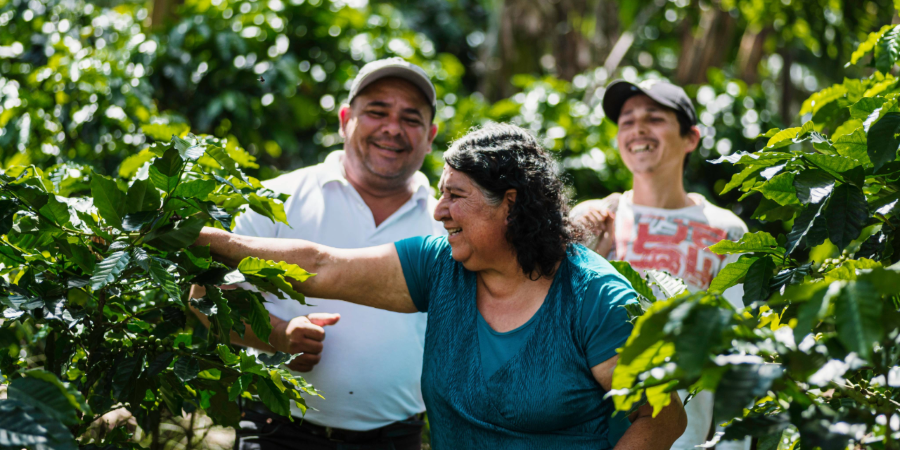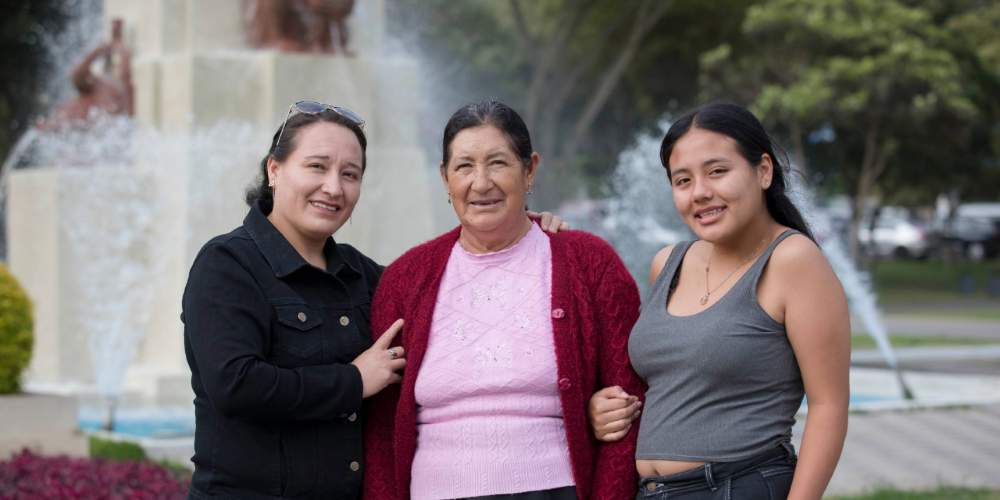We are constantly reminded of the urgent need to tackle environmental challenges through concrete actions. Extreme weather, environmental degradation, and shifting economic conditions all highlight the importance of incorporating women’s perspectives into development. The Inter-American Development Bank´s Action Plan recognizes that unequal access to resources worsen … [Read more...] about Women Driving Solutions for a Resilient Future
The Care Partnership: An Innovative Policy Approach in Latin America and the Caribbean
Every day, millions of families in Latin America and the Caribbean organize their lives around caregiving, whether for a young child, a person with disabilities who needs support, or an elderly person who depends on others. For a long time, public discourse focused almost exclusively on those receiving care. However, today the focus has shifted to the care … [Read more...] about The Care Partnership: An Innovative Policy Approach in Latin America and the Caribbean
Does Greater Availability of Care Services Lead to More Women in the Formal Labor Market?
The gender pay gap describes the average difference in hourly wages between male and female workers with similar qualifications and experience. In Latin America and the Caribbean, studies have documented this gap across all economies. Women in the region earn 22% less than men, regardless of their years of education. Furthermore, this gap has increased by two percentage … [Read more...] about Does Greater Availability of Care Services Lead to More Women in the Formal Labor Market?
How can Talent be More Effectively Leveraged in the Labor Market?
Did you know that women make up 60% of university graduates in Latin America and the Caribbean? Despite this significant potential, only 10% serve on boards of directors and just 5.6% hold executive roles in large companies. These numbers highlight a critical gap: although talent is abundant, it remains far from being fully leveraged in the labor market and leadership … [Read more...] about How can Talent be More Effectively Leveraged in the Labor Market?
Women, Demographic Changes, and Care Systems in Latin America and the Caribbean
Population aging results not only from people living longer but also from steadily declining fertility rates. Countries worldwide are tackling this issue through strategies that include structural reforms of pension systems or initiatives aimed at modifying young people's preferences with economic incentives to start families, as seen in South Korea. Latin America is no … [Read more...] about Women, Demographic Changes, and Care Systems in Latin America and the Caribbean





